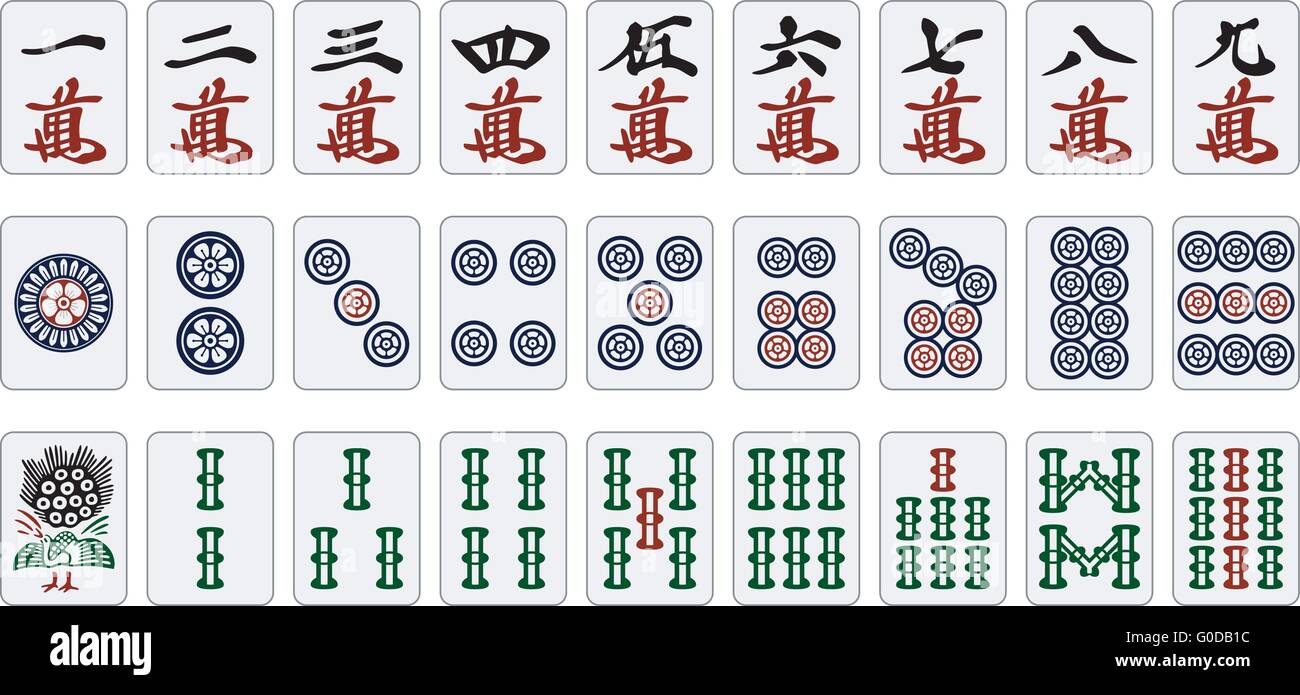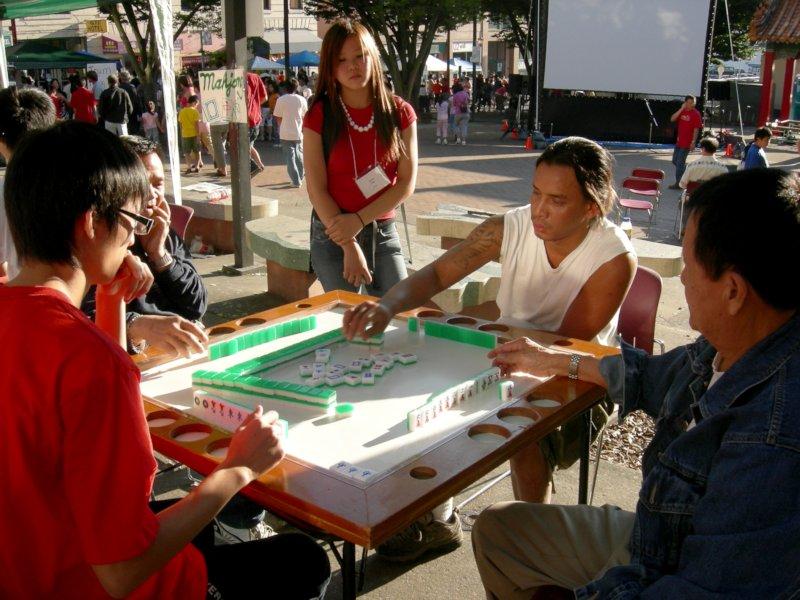
This set, while still considered part of the hand, cannot be touched for the rest of the game. The claiming player is then required to place the completed set face-up in front of their hand. When a claim is successfully made, the turns skip to the player, and the draw stage from the wall is skipped, replaced with the claim. These calls allow other players to steal the discard to complete a set in their possession, assisting them in the win. To claim a tile, a player calls a Pung, Chow or Kong. The other players are now allowed to steal the tile by ‘claiming’. To end their turn, the player is required to discard one tile of their choosing, placing the discard at the middle of the board face-up. In the case of the first turn, the dealer, going first, draws one tile from the wall. This means each player can only win at the start of their turn. Since each player starts with 13 tiles, the complete number of 14 is obtained via the draw at the start of each turn. In Mahjongg, the goal of the game is to build a complete winning hand consisting of 14 tiles, and these hands consist of 4 sets of 3 and a pair. Now all players have 12 tiles, and following turn order, each player draws one tile, giving all players 13 tiles. In general, all players draw 6 tiles each in turn order, and repeat once. Each player draws a total of 13 tiles, and each variant of Classic Mahjong has different draw rules. Each player the draws tiles to form their hands, beginning with the East Wind player. Drawing Handsīegins from the wall in front of the East Wind player. Since turn order follows anticlockwise, following players are assigned the South, West and North Winds respectively. To decide the dealer, two die are thrown, and the player with the higher value will be the dealer, or the East Wind as commonly referred to. Each player moves a wall to their front, forming a square at the middle of the board. After shuffling, the tiles are arranged in walls that are 17 tiles wide and 2 tiles high. All tiles are to be face-down at this stage. The game of Mahjong begins with the shuffling of tiles. Pre-GameĮach player chooses a side of the table to sit on. For the purposes of this guide, Optional Tiles will be omitted unless discussing variants involving them. In certain variations of classic Mahjong, these tiles are used as tokens offering bonuses to players who draw them. The Wind and Dragon tiles do not have ranks, and consist of the following: Wind and Dragon Tiles Tile TypeĪnd Season tiles are optional, and they do not have duplicates, meaning there are only 8 throughout the entire set. The numerals and the translation are shown below: Chinese Characters and Numerals Chinese Numeral The Characters suit uses traditional Chinese characters, with the top shows the rank as a Chinese numeral, and the bottom tile shows the 萬 or 万 character, which is read as ‘wan’. It should be noted that the ‘1 Bamboo’ tile is For example, the ‘5 Character’ tile is from the Characters Tiles have a corresponding rank and suit, and are named with the format of rankįollowed by suit.

The tiles and their original Chinese names are shown below: Traditional Mahjong Tiles Tile Type Traditional Mahjong tiles are split across multiple types, and depending on set type, may include certain optional tiles. This guide focuses on the 4-player mode, though for lower player counts, the same steps apply. In general, it is a is a 4-player game, though different player counts are possible.

#Chinese mahjong how to
How to Play Mahjong for Beginners? What do you need?Īll you need to play this game is a Mahjong set consisting of 136 tiles, a pair of dice, and a Mahjong Table. This short guide will teach you the basics of competitive Classic and Chinese Mahjong. The beautiful tiles in this game also have a place in puzzle games, much like iconic playing cards being used in Solitaire. Chinese Mahjong forms the core of a competitive 2-4 player game, and with slight differences in rules, has found a following across the globe.

Classic Mahjong is a traditional tile game originating from China, and has found success a fun and engaging pastime.


 0 kommentar(er)
0 kommentar(er)
